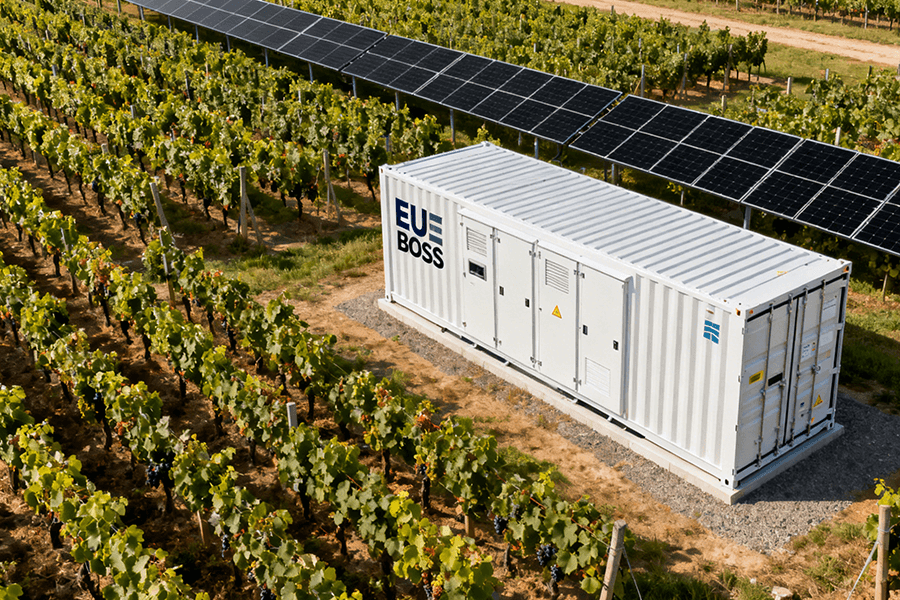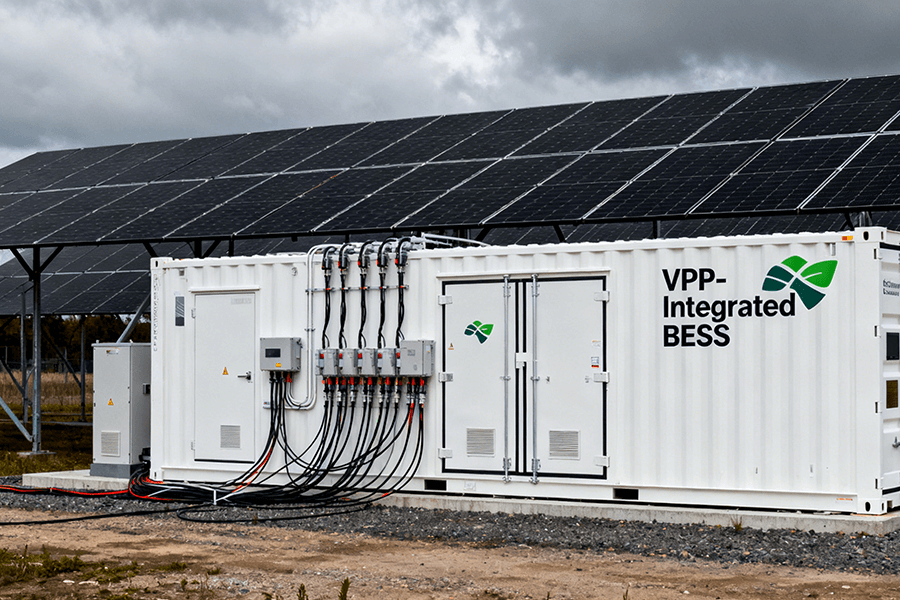Introduction
The development of large-scale solar projects is a crucial step in our global transition towards clean and sustainable energy sources. To ensure the long-term success and sustainability of these projects, it is essential to consider the opinions and involvement of local communities. Social acceptance and engagement play a pivotal role in shaping the development of large solar projects, influencing not only their design and implementation but also their long-term impact on local communities. This article explores the significance of community involvement in the sustainable development of large solar projects.
The Power of Local Communities
Local Knowledge and Insights: Local communities possess valuable knowledge and insights into the specific environmental, social, and economic aspects of their region. Incorporating this local expertise can lead to more informed project planning and design.
Public Perception and Acceptance: Community engagement helps build trust and acceptance among local residents. It addresses concerns, dispels misconceptions, and garners public support for large solar projects.
Conflict Resolution: Involving local communities in the decision-making process can identify potential conflicts early on. Addressing concerns and finding common ground can prevent disputes and project delays.
Economic Benefits: Engaging local businesses and residents in the development and operation of large solar projects can stimulate economic growth, create jobs, and provide financial incentives for the community.
Key Aspects of Community Engagement
Early and Transparent Communication: Effective communication with local communities should begin early in the project planning phase. Transparency regarding project details, potential impacts, and benefits is essential.
Community Consultations: Organizing public meetings, consultations, and workshops enables project developers to gather feedback, answer questions, and address concerns from local residents.
Social Impact Assessments: Conducting thorough social impact assessments can help identify potential social, cultural, or economic impacts of the project on the community.
Community Benefits Agreements: These agreements outline the benefits that will be provided to the community, such as job opportunities, local procurement, and financial contributions.
Benefits of Community Engagement
Public Support: Engaging local communities fosters public support, reducing opposition and potential obstacles to project development. Projects with community backing are more likely to succeed.
Improved Project Design: Local insights can lead to project modifications that better align with the community’s needs and expectations, resulting in a more sustainable and harmonious development.
Conflict Prevention: Early engagement helps identify and address concerns before they escalate into conflicts, preventing delays and disruptions to project timelines.
Economic Development: Involving local businesses and residents in project development creates economic opportunities, stimulates local economies, and fosters community prosperity.
Long-Term Partnerships: Community engagement fosters long-term partnerships between project developers and local residents, ensuring that the benefits of the project continue to be realized over its lifespan.
Challenges and Future Considerations
Equitable Engagement: Ensuring that engagement is inclusive and that the voices of all community members, including marginalized groups, are heard is essential for achieving social acceptance.
Cultural Sensitivity: Large solar projects may impact culturally significant areas. It is crucial to respect local cultural values and heritage when developing these projects.
Changing Perceptions: Public perceptions of large solar projects may evolve over time. Ongoing community engagement is necessary to address changing concerns and build continued support.
Regulatory Frameworks: Governments and regulatory bodies should establish clear guidelines for community engagement and benefit-sharing agreements to ensure consistency and fairness in project development.
Case Studies: Successful Community Engagement
The Solar Energy Generating Systems (SEGS), California, USA: The SEGS project involved extensive community engagement through open houses and public meetings. The project’s transparency and collaboration with local residents helped gain their support.
The Tailem Bend Solar Farm, South Australia: This solar farm established a Community Benefit Fund, which allocates funds for community projects, enhancing the quality of life in the region and promoting positive community engagement.
The Tengger Desert Solar Park, China: Extensive public consultation and engagement were integral to the development of this massive solar park. The involvement of local communities contributed to the project’s success.
Conclusion
Social acceptance and engagement are integral to the sustainable development of large solar projects. By involving local communities, project developers can access valuable knowledge, build trust, prevent conflicts, and stimulate economic growth. The success of these projects is not solely determined by their energy generation but also by their positive impact on the communities in which they operate. As we continue to embrace clean energy solutions, fostering strong relationships between large solar projects and local communities is essential for a brighter, more sustainable future.
If you want to customize your own photovoltaic solution today, please contact us.




